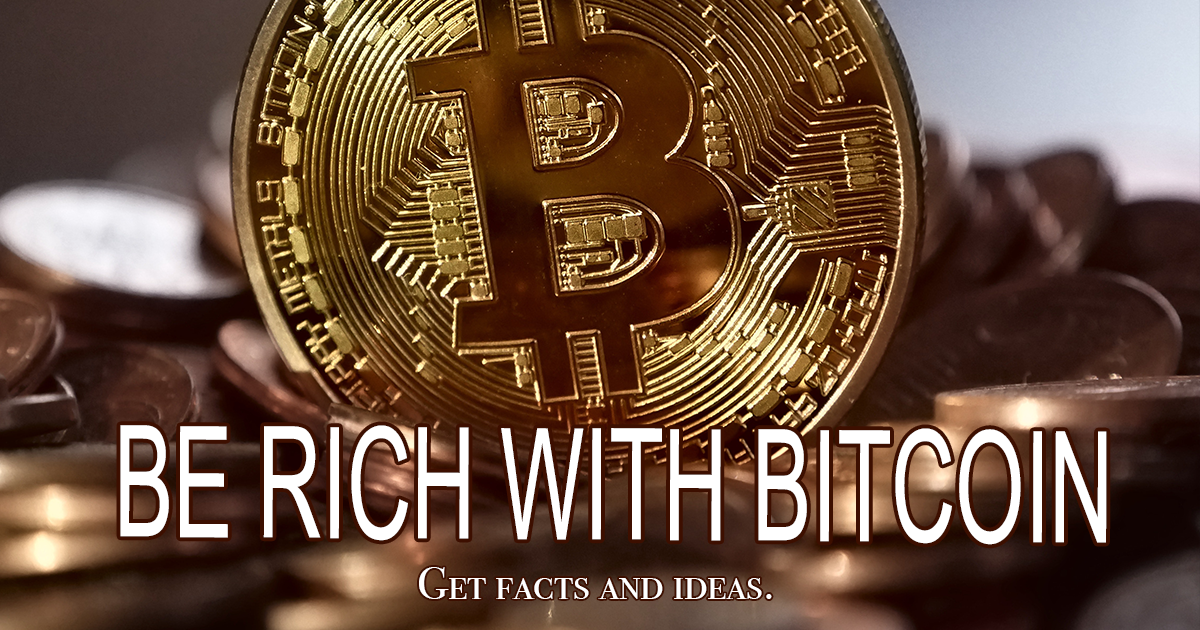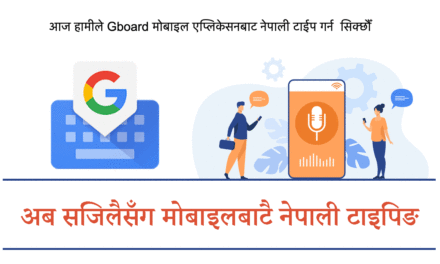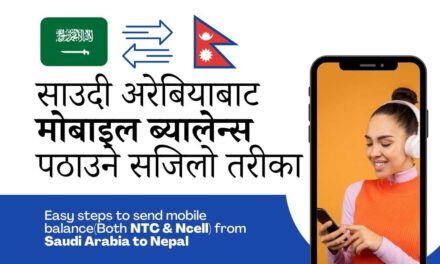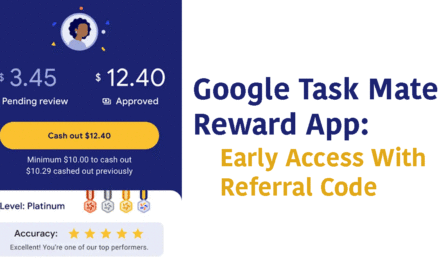Get quick ideas and facts about bitcoin, Blockchain, and bitcoin mining.
You might have probably seen paper money or coin currency in your life. The currency type and the exchange rate differs in each country.
The currency of the USA is measured in the dollar($) similarly in the internet market place its bitcoin. If there weren’t the internet, the Bitcoin would never come to existence. Satoshi Nakamoto introduced it in 2009 A.D, but to date, no one has a prior detail about Satoshi Nakamoto. It is still mysterious to know the fact. Having some in-depth research, we found out that Bitcoin probably introduced by four companies rather than an individual.
Have a look at the block letter of these companies.
SAmsung, TOSHIba, NAKAmichi,MOTOrola
So when you merge, all the bold text above it forms SATOSHI NAKAMOTO. Interesting right? Still, we can’t consider it as a legitimate group behind the foundation of bitcoin.
What is bitcoin?
Bitcoin refers to a digital currency that works on a Peer to peer transaction model.you can touch a paper or coin money, but it’s factual that you can’t do the same on Bitcoin.
Making it more clear take an example of a bank transaction. If a person ‘A’ transfers some amount to the person ‘B’, there is a mediator, i.e., Bank. The Bank follows some criteria to complete the transactions successfully.
- The Bank compares the amount you are transferring; if the amount you are sending exceeds the balance amount, there will not be the accomplishment of the task.
- In cases of the cheque, the Bank verifies the signature and proceeds to the next step.
But bitcoin is quite diverse; there isn’t any mediator between the peers. It is the first decentralized digital currency where the transaction occurs without a third party agency. Bitcoin isn’t owned by an individual or a group of people. It is a chain that works systematically.
You might probably be thinking, “why should I prefer using bitcoin”? Well, there are some advantages of bitcoin.
Positive aspects of bitcoins are listed below:
- Fewer transaction fees.
- User’s anonymity.
- Greater liquidity.
- There are worldwide merchants accepting bitcoin as a payment method.
- International transactions can be done more efficiently with fewer charges.
But don’t fall into it so quickly, it has tons of negative aspects too. Have a quick look at it.
Negative aspects of bitcoins are listed below:
- Chances of fraud and scams.
- Increasement in black marketing.
- Price Flucationation of Bitcoin.
- Refunds and chargebacks aren’t available.
- High price fluctuation.
How does Bitcoin work?
To start using Bitcoin, firstly, you need to create a bitcoin wallet. Each bitcoin wallet has an Address similar to a Bank Account number. So if you want to transfer money via bitcoin, you will need that particular Address. Every bitcoin wallet has a private and public key. If you are sending some amount, with each transaction, it randomly generates your signature. After you request for a fund transfer, the nodes ( Computers connected on Bitcoin network) verifies the transaction matching your signature (Private Key). It is similar to a bank cheque where the Bank confirms the name, amount, and the essential rest details to proceed with a transaction. Bitcoin works under the blockchain technology.
But what is Blockchain?
In simple words, Blockchain is a public Ledger. A businessman keeps his/her transaction details on a record book; similarly, Blockchain records the bitcoin transaction.
Generally, a business record is recorded on the ledger by the owner or the employees of a company. Similarly, the miners do the same job in Bitcoin but in an entirely different way.
How bitcoin mining works and earns free bitcoin?
So what rings on your mind when you hear the word ‘mining’? Probably you will think of the miners who dig up on the ground to extract the minerals. Here on bitcoin, the task of miners are quite different; their job is to maintain the Blockchain (Public ledger). So the miners will be awarded for the task some bitcoins. The bitcoins that miners earn via managing public accounting are the new ones, which means it is generated for the first time on the system.
The new bitcoins that arise on the bitcoin market arrive via Bitcoin miners. It is the only way to generate new bitcoins on the market.
Usually, we keep our documents on the file. So when that particular file exceeds its limit, we have to store our data on the new folder. Similarly, the blocks record the bitcoin transaction. Each block has a limited capacity to store transactions. After the limit crosses, the new block stores the sales. Each block has a reference to another block as a chain. So the overall concept is termed as Blockchain. Interesting right?
Let’s make it more clear with an example.
Let’s assume that you received 2 BTC from a user ‘A.’ Via the blocks, you can see who transferred the BTC to user ‘A.’ Let’s assume that the user as ‘B’. Surprisingly you can check the person who moved the BTC to the person ‘B’. This cycle ends only when you reach the source (Miner) through which that Bitcoin gets generated into the bitcoin system.
After the block gets loaded with the transactions, the miner needs to seal the block.so that later on, there will be no chance of manipulation. To seal the block, the miner needs to solve a difficult puzzle using mining software. After the puzzle gest solved, it publishes block in the bitcoin network and where the nodes verify that block. So eventually, the verified block gets added to the Blockchain. The miner who solves the puzzle faster will successfully get a reward and the transaction fees of the respective block.
Approximately every four years, the reward point deteriorates by 50%. At the starting of 2009 A.D, the miners were rewarded 50 BTC for mining each block. Later in November 2012, the reward amount decreased by 50%, i.e., 25 BTC for mining each block. Today the reward for mining each block is 12.5 BTC.
All the miners compete with each other if a miner can’t solve the puzzle; he/she won’t be able to generate rewards. The mining procedure made toff by knowingly, and it is a part of Bitcoin designing. Blockchain, cryptography, digital signatures, this technology helps to make Bitcoin more secure.
Usually, the Miners work together in a group to enhance the probability of winning the reward. After they earn a bonus, ultimately, they share the reward and transaction fees.
How is the price rate determined?
Well, the price of Bitcoin depends on demand and supply. If the need for Bitcoin is high and the amount is low, the price hikes. And if the quantity is high, then the demand, the price of bitcoin decreases. Recently in the past few years, the cost of Bitcoin is hiked by 1600% and due to its high demand (report of 2017 A.D).
If you are planning to mine bitcoin, you need a powerful computer with high processing CPU and GPU. You can choose the hardware for mining based on Hash rate, energy consumption, and many more. We can’t guarantee your success in Bitcoin mining since there are lots of competitors with high capability hardware components.
Here is some list of Bitcoin mining software:
- Bitcoin Miner Available on Windows, macOS
- CGMiner Available on Windows, macOS, Linux
- BFGMiner Available on Windows, macOS, Linux
- EasyMiner Available on macOS, Linux
- RPC Miner Available on macOS
Bitcoin is designed in such a way that over the globe, only 21 Million Bitcoins can be issued. After that new bitcoins won’t be generated on the Bitcoin Network, approximately after the year 2140 A.D, new bitcoins won’t be released.
Luckily you can buy or sell the bitcoins on fractions. The fractions are measured on SATOSHI. Where 1 SATOSHI = 0.00000001 BTC and currently 1 BTC is equivalent to RS 1,157,512.18 though it is illegal in Nepal.





